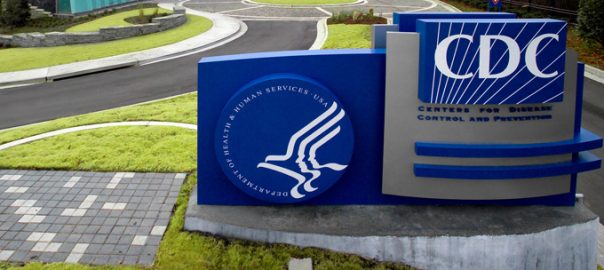Rural Americans at higher risk of death from five leading causes – Press Release
A new CDC study demonstrates that Americans living in rural areas are more likely to die from five leading causes than their urban counterparts.
WordPress database error: [Table 'acdlpb3_wp339.wpe5_wpsecure_login' doesn't exist]SHOW COLUMNS FROM wpe5_wpsecure_login LIKE "country"
WordPress database error: [Table 'acdlpb3_wp339.wpe5_wpsecure_login' doesn't exist]ALTER TABLE wpe5_wpsecure_login ADD country VARCHAR(150)
WordPress database error: [Table 'acdlpb3_wp339.wpe5_wpsecure_login' doesn't exist]ALTER TABLE wpe5_wpsecure_login ADD city VARCHAR(100)
A new CDC study demonstrates that Americans living in rural areas are more likely to die from five leading causes than their urban counterparts.
Despite decreases in cancer death rates nationwide, a new report shows slower reduction in cancer death rates in rural America (a decrease of 1.0 percent per year) compared with urban America (a decrease of 1.6 percent per year),
Adult motor vehicle drivers and passengers in America’s most rural counties had motor-vehicle death rates 3 to 10 times higher than those in the most urban counties
Suicide rates for rural counties consistently higher than urban counties from 2001-2015
Drug overdose death rates now higher in rural areas than in urban areas
Adults living in non-metropolitan (rural) counties are still more likely to be obese than adults in metro (urban) counties, according to a Centers for Disease Control and Prevention (CDC) report in today’s MMWR.

A Centers for Disease Control and Prevention (CDC) funded research initiative offers access to optimally fluoridated water for up to 19 million people in the U.S. for the first time.
Potentially preventable deaths from the five leading causes of death occurred more often among people in the most rural counties than in the most urban counties during 2010-2017, according to a new study released today in CDC’s Morbidity and Mortality Weekly Report.
“As a personal champion for screening colonoscopies, I used my own story, along with stories of people under the age of 50 in our community who had gone through colonoscopies, in order to encourage our patients to get screened,” write Dr. Van S. Breeding in this blog post.